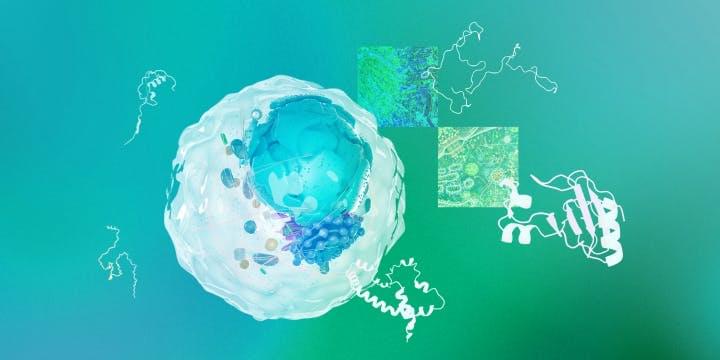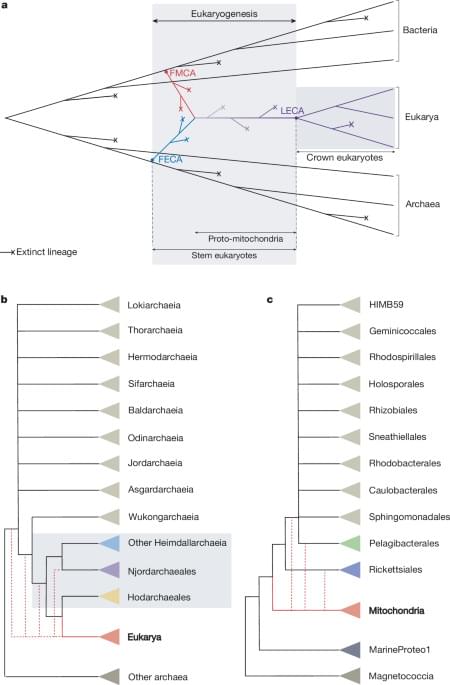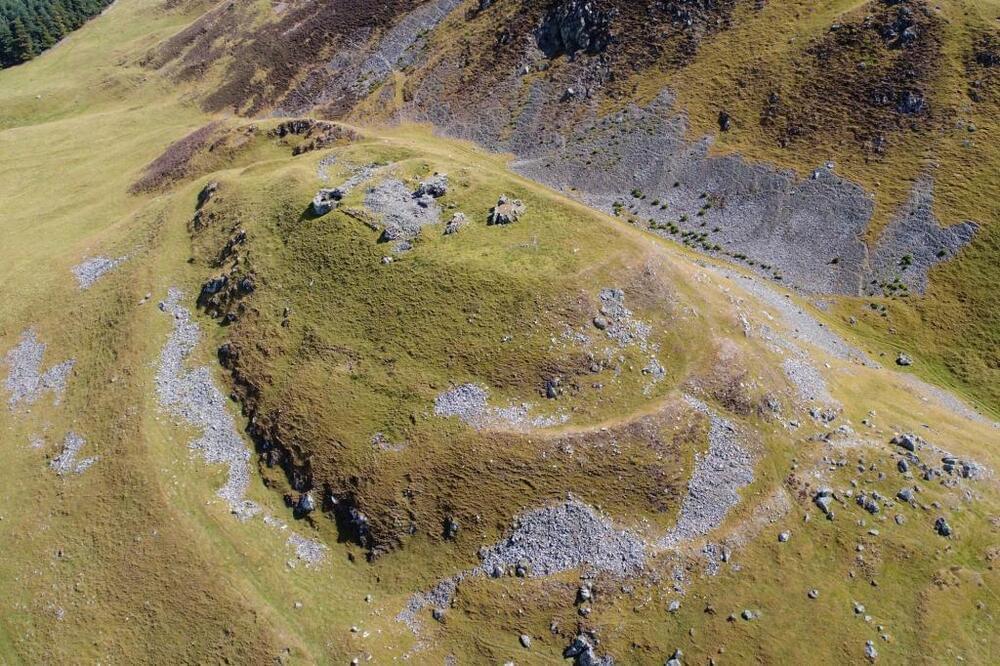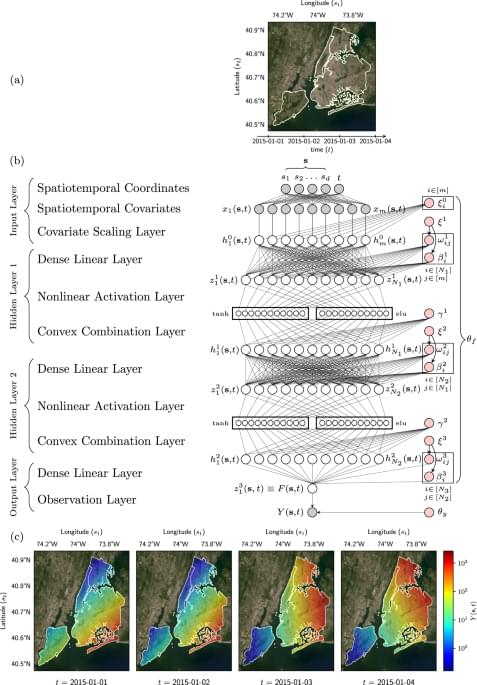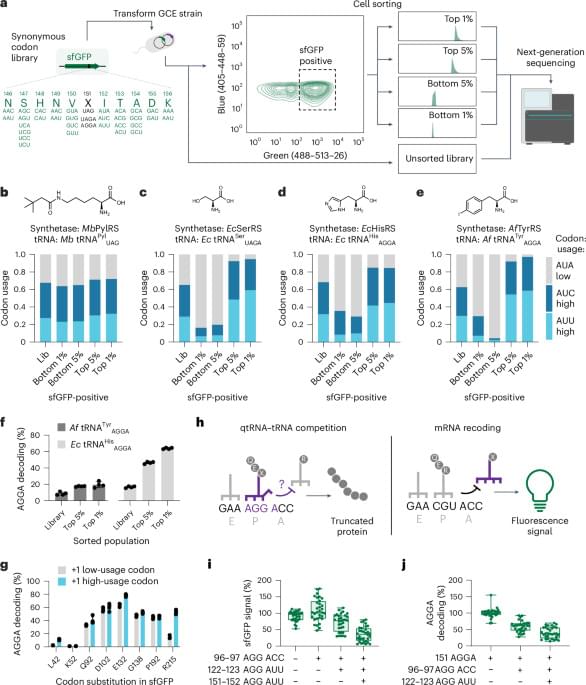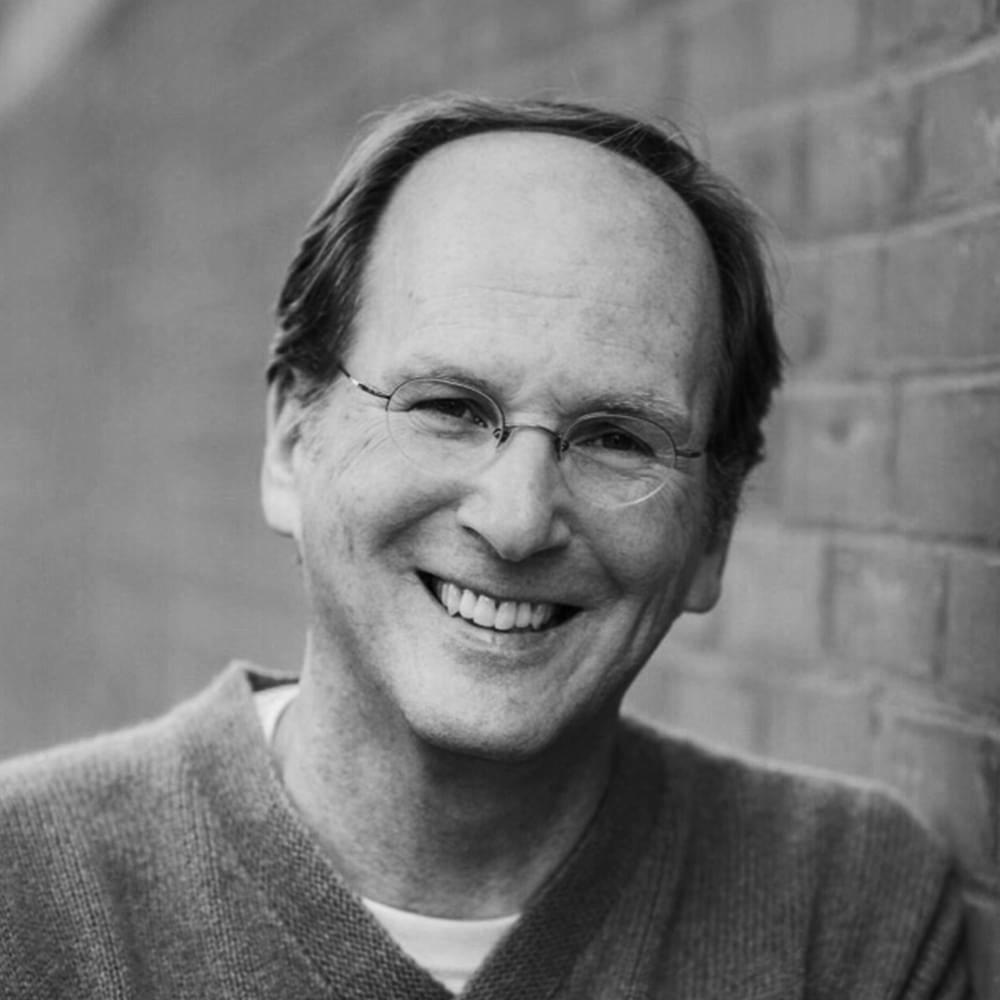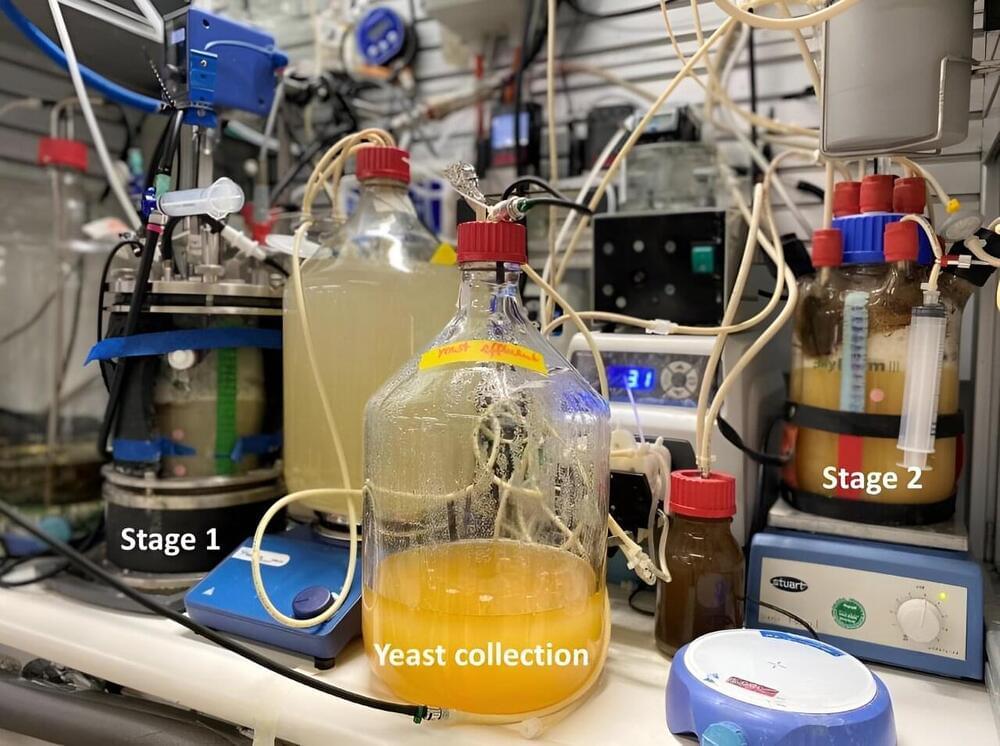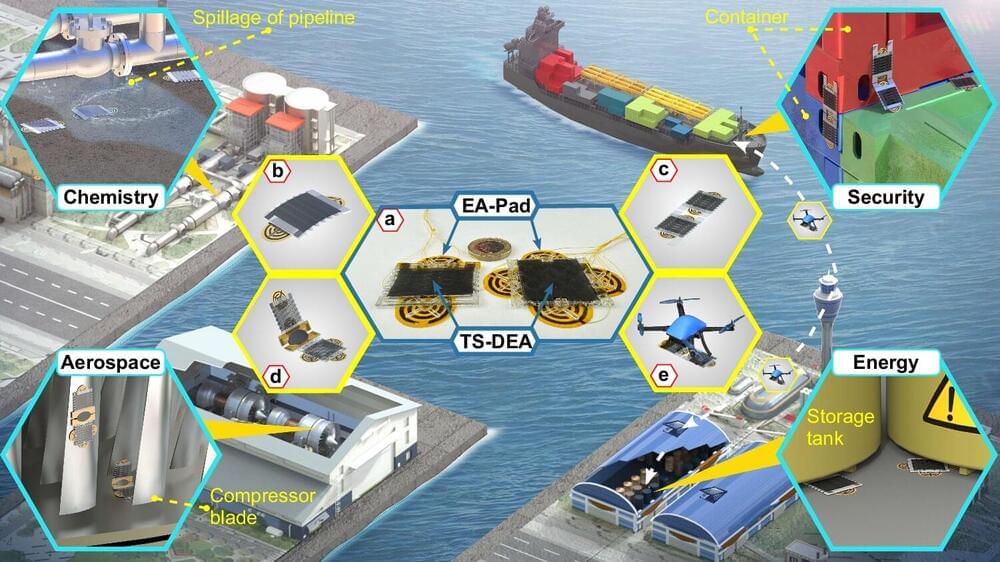Page 213
Sep 12, 2024
Simulation theory: why The Matrix may be closer to fact than fiction
Posted by Dan Breeden in category: computing
“The Matrix” may have been right all along. The idea that we are all living in a virtual simulation of reality formed the basis of the 1999 cult film, and now some philosophers and an increasing number of scientists are coming round to the idea it might actually be true.
Simulation theory, as it is known, is a “theoretical hypothesis that says what people perceive as reality is actually an advanced, hyper-realistic computer simulation, possibly overseen by a higher being”, said BuiltIn.
Sep 12, 2024
The emerging view on the origin and early evolution of eukaryotic cells
Posted by Dan Breeden in category: evolution
This Review summarizes key events in the emergence of cellular complexity via eukaryogenesis in the light of developments in environmental and comparative genomics during the past decade.
Sep 12, 2024
Evidence of Merlin’s grave unearthed in Scotland: Was King Arthur’s wizard adviser real?
Posted by Dan Breeden in category: futurism
There may be some truth to the myth of Merlin.
On Tuesday, archeologists in Scotland revealed evidence of the legendary wizard’s death in Drumelzier between the 6th and 7th centuries — and the findings could change the way we tell Merlin’s tale.
Merlin was said to have been a loyal advisor to King Arthur amid the Dark Ages before being imprisoned, killed and buried along the river Tweed, according to Vita Merlini Sylvestris (the Life of Merlin of the Forest), a medieval manuscript of his life which is currently held at the British Library.
Sep 12, 2024
Scalable spatiotemporal prediction with Bayesian neural fields
Posted by Dan Breeden in category: neuroscience
Spatiotemporal data consisting of measurements gathered at different times and locations is challenging to analyse due to variability and noise impact across different scales. The authors propose a statistical approach that delivers models of large-scale spatiotemporal datasets applicable to data-analysis tasks of forecasting and interpolation.
Sep 12, 2024
Efficient genetic code expansion without host genome modifications
Posted by Dan Breeden in categories: biotech/medical, genetics
Noncanonical amino acids are efficiently incorporated into proteins by optimizing mRNA codon usage.
Sep 12, 2024
Can Thermodynamics Go Quantum?
Posted by Dan Breeden in categories: energy, quantum physics
The principles of thermodynamics are cornerstones of our understanding of physics. But they were discovered in the era of steam-driven technology, long before anyone dreamed of quantum mechanics. In this episode, the theoretical physicist Nicole Yunger Halpern talks to host Steven Strogatz about how physicists today are reinterpreting concepts such as work, energy and information for a quantum world.
Listen on Apple Podcasts, Spotify, TuneIn or your favorite podcasting app, or you can stream it from Quanta.
Sep 12, 2024
AI Shocks Again: AI Robots with Human Brain, AGI, OpenAI, DeepMind & More (July Monthly News)
Posted by Shailesh Prasad in categories: employment, health, robotics/AI
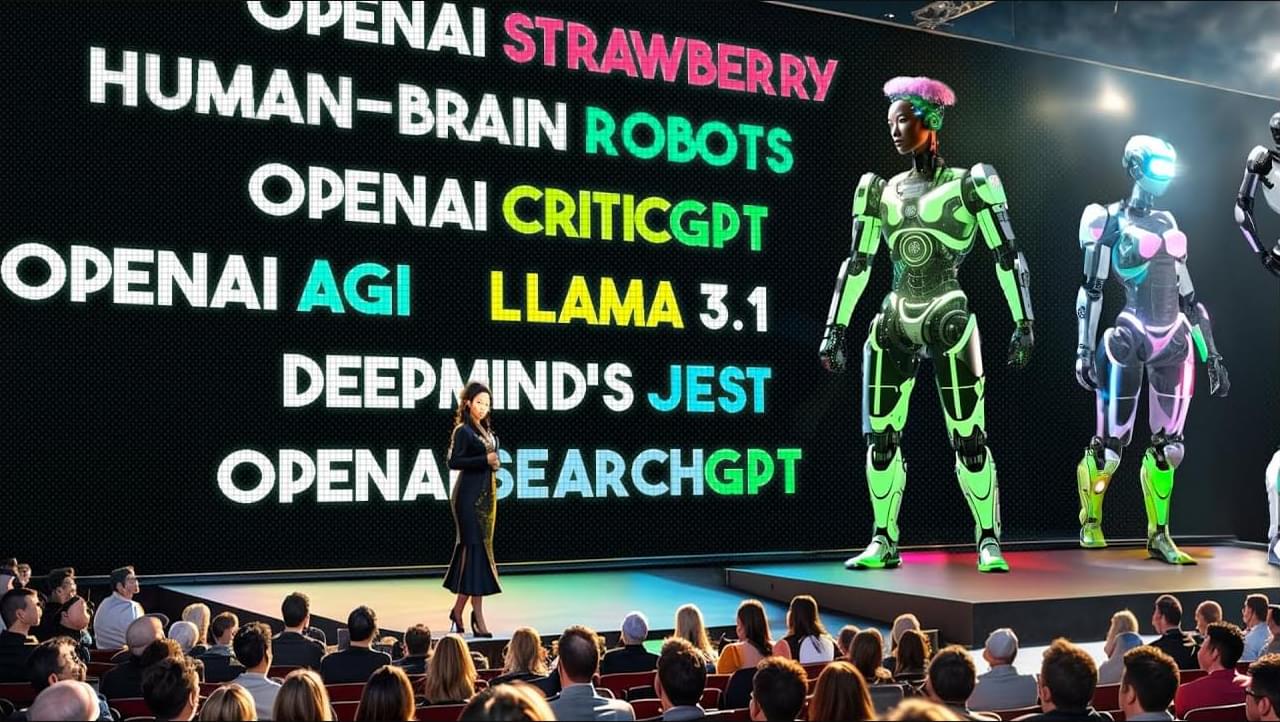
The AI scene is electrified with groundbreaking advancements this month, keeping us all at the edge of our seats. A mind-blowing AI robot with human-like intelligence has the world in shock. Google DeepMind’s JEST AI learns at an astonishing 13x faster pace. OpenAI’s SearchGPT and CriticGPT, the force behind ChatGPT’s prowess, are disrupting industries. STRAWBERRY, their most powerful AI yet, takes center stage. GPT4ALL 3.0 is the AI sensation causing a frenzy, while OpenAI’s AI Health Coach promises personalized wellness solutions. Llama 3.1 emerges as a contender, and NeMo AI boasts a massive 128k context capacity, running locally and free. Microsoft’s new AI Search could redefine how we navigate information, while OpenAI’s latest unnamed model has the tech world buzzing with anticipation.
Become a Member of the channel and Supporter of AI Revolution → / @airevolutionx.
Sep 12, 2024
Powered by renewable energy, microbes turn CO₂ into protein and vitamins
Posted by Shailesh Prasad in categories: biological, health, sustainability
However, the yeast should be treated to rid compounds that can increase the risk of gout if consumed excessively. Even so, treated yeast still meets 41% of the daily protein requirement, comparable to traditional protein sources.
This technology aims to address several global challenges: environmental conservation, food security, and public health. Running on clean energy and CO2, the system reduces carbon emissions in food production. It uncouples land use from farming, freeing up space for conservation.
Angenent also stresses that it will not outcompete farmers. Instead, the technology will help farmers concentrate on producing vegetables and crops sustainably. The team’s yeast may also help developing nations overcome food scarcity and nutritional deficiencies by delivering protein and vitamin B9.
Sep 12, 2024
Multimodal ultra-thin soft robots can explore narrow spaces for inspection and maintenance
Posted by Shailesh Prasad in categories: innovation, robotics/AI
Researchers at Rolls-Royce University Technology Centre (UTC) in Manufacturing and On-Wing Technology at the University of Nottingham have developed ultra-thin soft robots, designed for exploring narrow spaces in challenging built environments. The research is published in the journal Nature Communications.
These advanced robots, featuring multimodal locomotion capabilities, are set to transform the way industries, such as power plants, bridges and aero engines, conduct inspections and maintenance.
The innovative robots, known as Thin Soft Robots (TS-Robots), boast a thin thickness of just 1.7mm, enabling them to access and navigate in confined spaces, such as millimeter-wide gaps beneath doors or within complex machinery.
